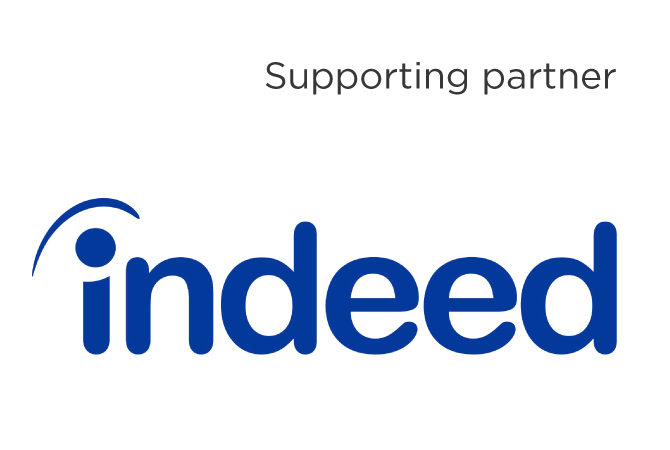Change management journey: Citizens Advice Leicestershire
How a local charity organisation adapted to change and turned crisis into sustainable growth
Our article series explores key trends shaping our future workplaces and working lives
 |
Anticipating evolving trends, and recognising future challenges and opportunities is essential to success in today’s fast-moving business environments. |
The CIPD, with supporting partner Indeed, invites experts from contrasting disciplines to share their insight on key trends influencing the future of work. Each article will explore a different topic in depth, challenge thinking and provide thought leadership on how these trends will shape the future of work and working lives.
The first article in our series discusses the importance of futures and foresight in strategic thinking and how to successfully scenario plan for the future.
Our second article looks at sustainable buildings and how future-proofing your workspaces will not only make them climate resilient, but will also create healthier, more productive environments.
Our third article examines the business opportunities and challenges of artificial intelligence and how leaders can make AI work in their organisations.
Our fourth article uses an Asia-Pacific case study to discuss the opportunities for workforce diversity and how to remove barriers.
Our fifth article outlines potential drivers to shape how and why people work in the future, and what these would mean for work-life balance and employee empowerment.
Read the latest article in our series below.
Thought leadership
Matt Burney of Indeed outlines three potential drivers to shape how and why people work in future, and what these would mean for work-life balance and employee empowerment
Thought leadership
Discover the future opportunities for workforce diversity and how to remove barriers
Thought leadership
Hetan Shah of the British Academy discusses the opportunities and challenges that leaders should consider
Thought leadership
Toby Morgan of Climate Group explains how future-fitting your workspace benefits the climate, the workforce and the bottom line
Thought leadership
Wilson Wong, Head of Insight and Futures at the CIPD, discusses how to use foresight research for long-term success
How a local charity organisation adapted to change and turned crisis into sustainable growth

Rami Busbait shares his perspectives on the HR profession in the Kingdom, exploring the factors that have driven its development and the opportunities for HR to maximise its impact within Saudi organisations



Find out what people professionals said about their working lives and career development prospects in our recent pulse survey

As artificial intelligence continues its rapid advancement and becomes the much touted focus for investment and development, we highlight the critical role of the people profession and explain how the CIPD and its members will be involved shaping its impact at work

A look at whether artificial intelligence can cover skills shortages by exploring the benefits of AI and the advantages that can be gained by using generative AI such as ChatGPT

Jon Boys discusses the benefits of generative AI tools, and how organisations can utilise them